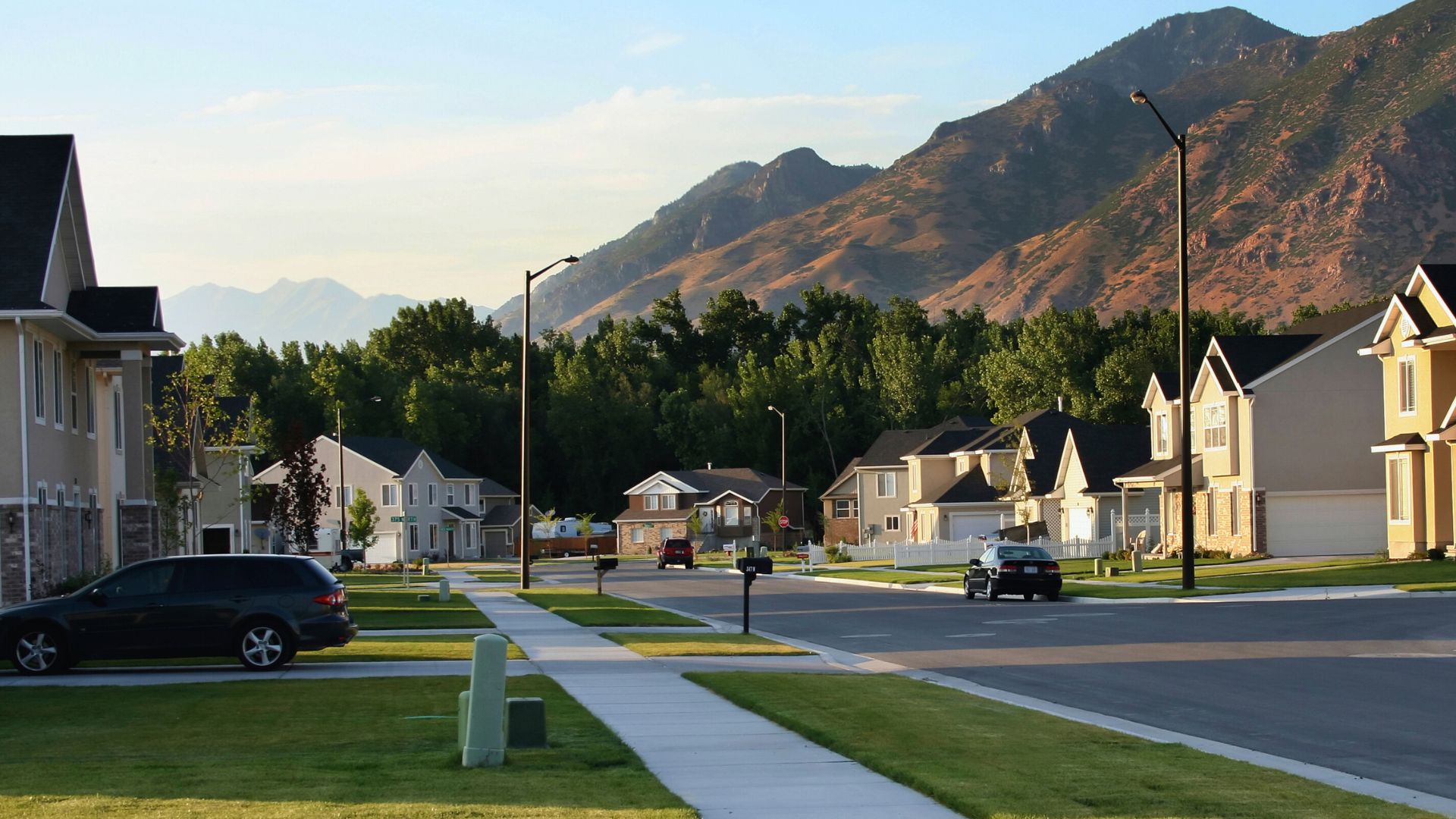The best neighborhood balances lifestyle fit, daily convenience, realistic commute, strong schools and stable market signals. In this guide, you’ll get a speed checklist for fast screening and a playbook on the overlooked factors that separate a “nice street” from “smart buy.” Here’s a clear take on how to choose a neighborhood that fits your needs.
Quick Checklist When You Choose Neighborhood Options
- Commute: time both directions at peak hours, by the way you’ll really travel.
- Daily needs nearby: grocery, pharmacy, healthcare, parks, coffee, kid/pet needs.
- Walkability & transit: are sidewalks safe and routes practical?
- Schools & zones: confirm which schools your exact address is assigned to, then check magnet or charter program rules like lotteries and waitlists.
- Safety trend: look at trends by type for the past 12 to 24 months instead of short-term spikes.
- Market health: price trend, days on market, sale-to-list price ratio, and nearby projects.
- Rules & costs: HOA fees or bylaws, taxes, and short-term rental rules.
- Risks & noise: flood, fire or heat exposure, flight paths, rail, nightlife corridors.
- Connectivity: reliable fiber or 5G for WFH, check dead zones.
- Insurance & utilities: current quotes plus likely increases.
The Vibe Test: What Should I Consider When Choosing a Neighborhood
Neighbor Tenure & Turnover
Stable streets feel different. Check mailbox names that don’t change, long-time yard signs and neighbors who know each other by name. High turnover can signal weak ties or rapid gentrification. Long tenure often correlates with lower noise complaints and faster conflict resolution when issues pop up.
Show-Up Factor (Participation & Volunteerism)
Strong communities don’t just chat, they pitch in. Look for active PTAs, park cleanups, neighborhood watch walks and full meeting rooms at association nights. Consistent turnout usually means city departments respond faster because there’s an organized point of contact. Use this info when choosing a neighborhood for your home search.
Third Places That Actually Buzz
Look at libraries, playgrounds, coffee shops, and faith centers to see if their bulletin boards are packed with flyers and real programming. Linger for an hour and observe. Are people mingling or leaving quickly? Vibrant third places often glue a neighborhood together.
Schools as Community Hubs
Even if you don’t have kids, a school with weekend games, concerts and fairs pulls neighbors together. Walk the campus edge after hours. Check if fields and playgrounds are open, cared for and used by families. Schools with active booster clubs and shared-use agreements keep facilities accessible and boost property pride.
Local Business Backbone
When choosing the right neighborhood, independent grocers, cafés, repair shops and clinics act as community anchors. Check their hours, notice staff turnover and see whether owners know regulars by name. If you see many “for lease” signs or only chains, that signals weaker resilience. Businesses that sponsor local teams or events show owners are invested in the area’s long-term health.
Safety Culture
Look for strollers at dusk, porch lights, and neighbors greeting passersby. That “eyes on the street” vibe signals grassroots safety. Talk to a couple of residents and ask who they call when something happens and how fast people respond. Regular block walks or porch nights show neighbors coordinate informally, which is often more effective than signage alone.
Inclusion You Can Feel
Note accessible ramps, festivals that reflect local cultures and playgrounds where everyone feels welcome. Ask newcomers how they were received in their first month because signals of belonging matter. Mixed-age events from toddlers to seniors predict stronger social cohesion. This lens helps with how to choose the best neighborhood in a new city.
Reality Check: Questions to Test a Neighborhood’s Fit
Here’s how to choose the right neighborhood when you are down to a few finalists.
How Reliable Are Power, Water and Internet on This Block?
Contact the utilities to get outage history and average restoration times. Ask two neighbors how the last big storm affected service. If short blips are common in your WFH setup, sump pumps and refrigerators are at risk. Multiple ISPs or separate power feeders reduce single point of failure risk during storms.
Will Any Bills Jump Right After I Close?
Look for special districts or extra assessments and any scheduled utility or property tax hikes. Low homeowners’ association dues can hide future increases. Ask for the homeowners association reserve study and the city budget in brief to spot likely changes in the next 12 to 24 months.
Could a Map or Rule Change Make This Place Pricier Next Year?
Check whether new flood maps, wildfire risk maps, or school zone changes are being proposed for this area. Ask an insurance broker how your premium would change if your address moves into a higher-risk zone. If only one insurer is willing to cover this address now, a future map change can push your price up sharply because you will have fewer alternatives.
Are Childcare and Schools Accessible?
Being close to a school or daycare doesn’t help if you can’t get a spot for months. Call at least three nearby providers to ask about current wait times by age group and deposit rules.
How Does the Local Healthcare System Actually Perform?
Emergency rooms sometimes divert or temporarily stop accepting new patients or ambulances because they are full. Ask about weekend urgent care hours and typical wait times.
Where Does Water Go During a Storm, Toward the House or Away?
After a rainfall, inspect the lot’s grading, downspouts and basement walls for water staining. Clay soils and poor slope can cause foundation heave, cracking and mold.
Ready to stop scrolling and start touring? If you want to know how to choose a neighborhood for your home search, connect with your local REMAX agent. We can provide a custom shortlist, local insights and negotiating power that moves the needle.





